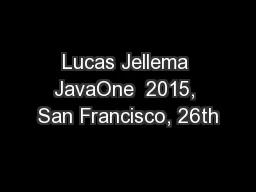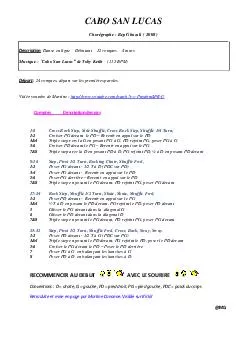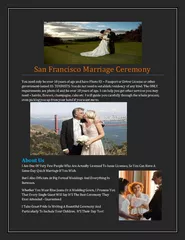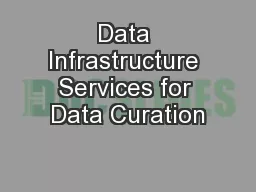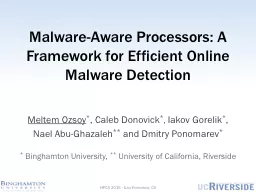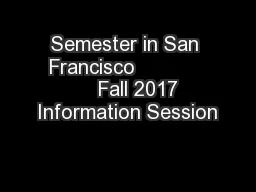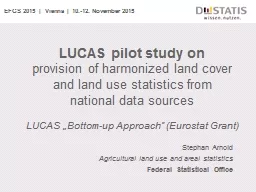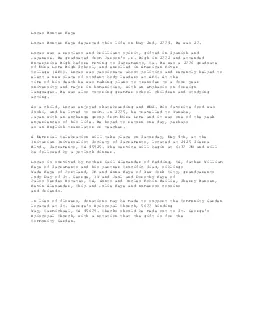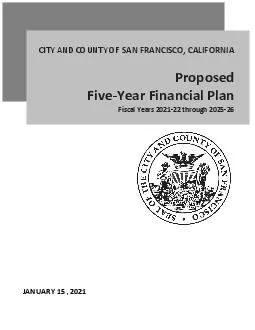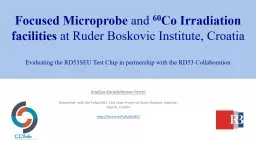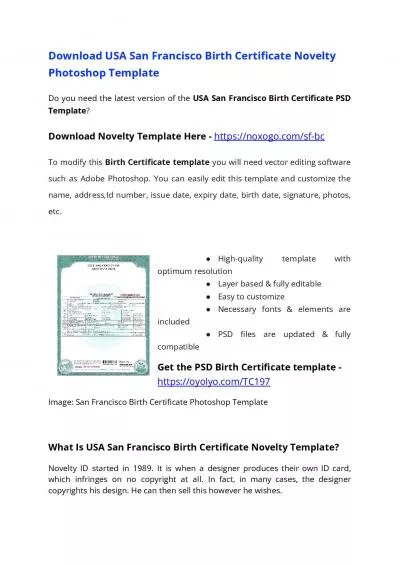PPT-Lucas Jellema JavaOne 2015, San Francisco, 26th
Author : debby-jeon | Published Date : 2018-03-19
October 2015 Java Developer Intro to Environment Management with Vagrant Puppet and Docker 2 Overview Docker Hub 3 Who are you Developer or Administrator Java
Presentation Embed Code
Download Presentation
Download Presentation The PPT/PDF document "Lucas Jellema JavaOne 2015, San Francis..." is the property of its rightful owner. Permission is granted to download and print the materials on this website for personal, non-commercial use only, and to display it on your personal computer provided you do not modify the materials and that you retain all copyright notices contained in the materials. By downloading content from our website, you accept the terms of this agreement.
Lucas Jellema JavaOne 2015, San Francisco, 26th: Transcript
Download Rules Of Document
"Lucas Jellema JavaOne 2015, San Francisco, 26th"The content belongs to its owner. You may download and print it for personal use, without modification, and keep all copyright notices. By downloading, you agree to these terms.
Related Documents

